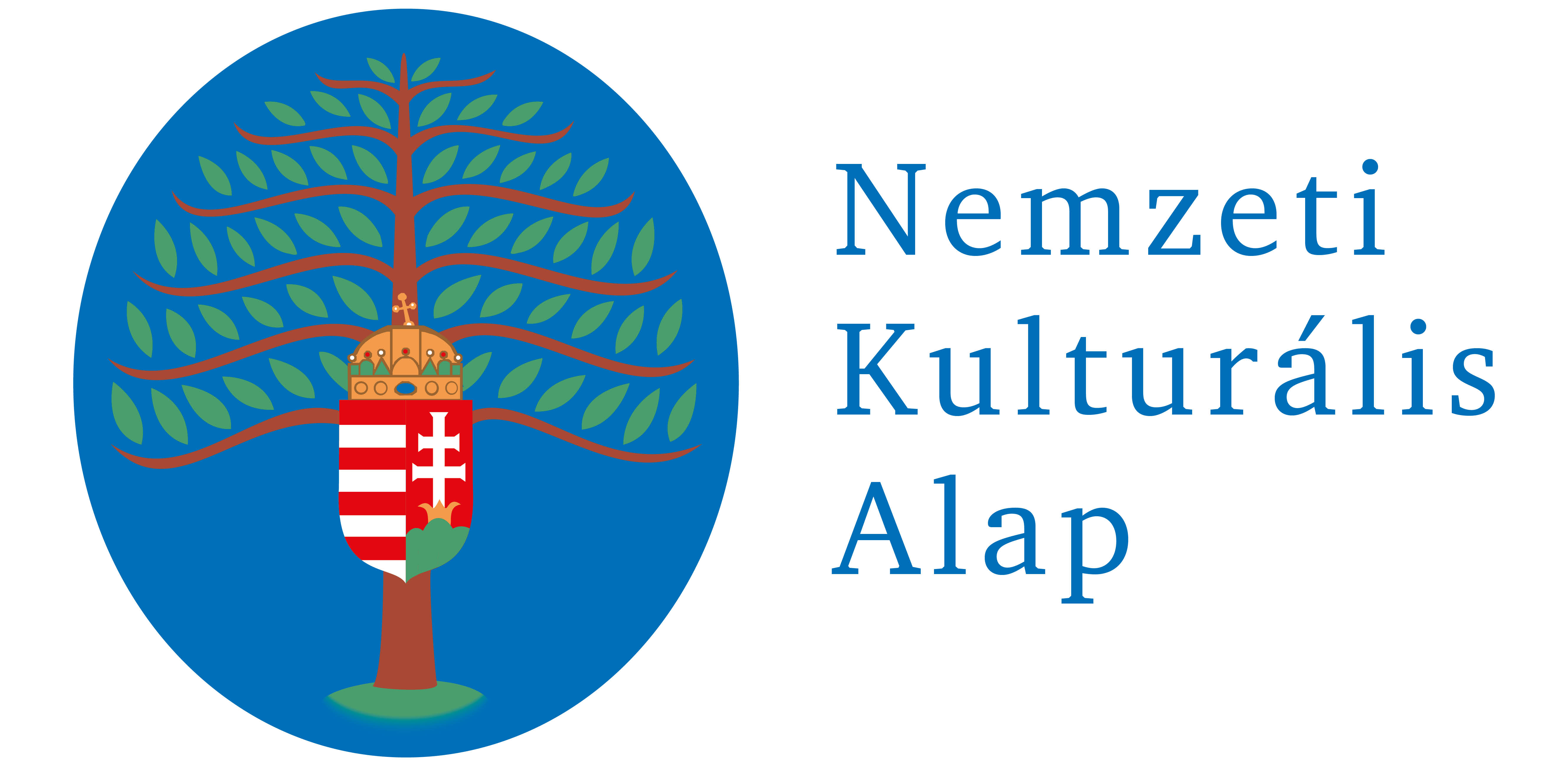Naptár
2024. április 15–19.
2024. április 20.
Eötvös József Kárpát-medencei középiskolai szónokverseny
2024. április 24. – május 3.
Tovább...
4. 2012.
Abstracts in English
Studies
Boronkai, Dóra
Style and interaction. The interactional stylistic analysis of conversations
Embedded in a cognitive-functional theoretical and methodological framework, this study aims to investigate the relations between the interactional characteristics of conversations and the sociocultural factors of style. The study starts from the conversational features of spoken language interactions, which are closely related to the sociocultural components of style. The analyses focus on the features of sequential organization (structure of turn, adjacency pairs) and on turn taking strategies (self-selection) and shows how these are related to the sociocultural features of style. The study also contains interactional stylistic exercises which help applying the content of this paper for educational purposes.
Veszelszki, Ágnes
New punctuation marks in digital and handwritten texts
The present study opens with introducing the relation types between image and text. This leads to the introduction of the relation between text and emoticon, a particular icon (image type) which used to be related to digital communication. According to literature, there are three types of the relation between text and image: 1. Images are more dominant over texts; 2. Images on their own are ambiguous; 3. Images and texts are mutually important. Emoticons belong to the third category. These signs built up of punctuation marks and graphic signs representing emotions occur not only in formal digital literacy but also in handwritten texts.
Workshop
Tuba, Márta
Monitoring learning in the case of cooperative team work
This study investigates teacher instructions within the field of classroom communication in order to increase the efficiency of monitoring learning in the case of cooperative teamwork. Since there are less disciplinary issues in better-organized classes, the task orientation of students enhances and their learning performance increases too. The case study follows how team work develops throughout four lessons. By determining the proportion of work forms, the study proves the hypothesis known from literature that the increase in the use of cooperative techniques increases the proportion of student-centered communication. By analyzing the instructions that are realized during team work, the study also shows which knowledge and skill elements of communicative competence are necessary for teaching an efficient cooperative class. Finally, it gives suggestions on developing learning monitoring skills.














